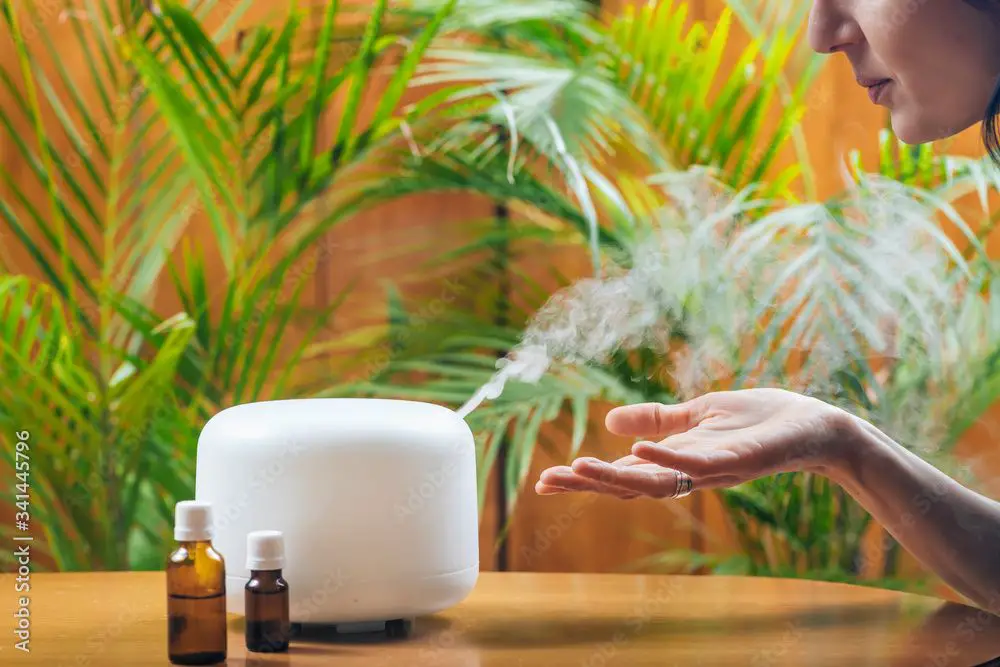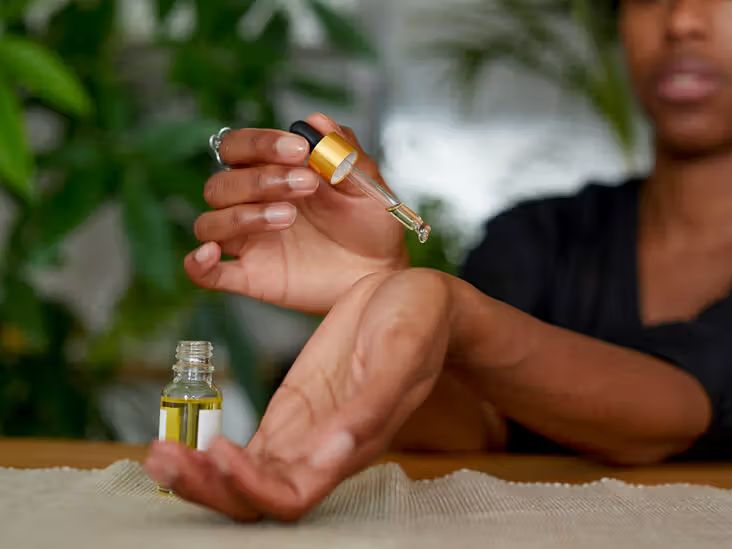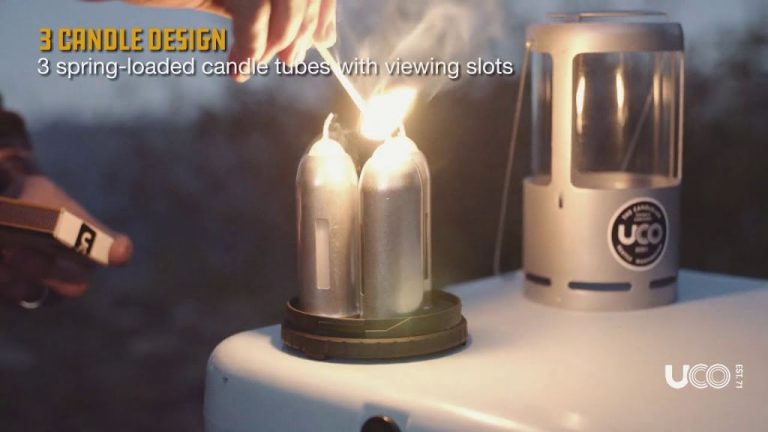Is It Ok To Burn Essential Oils?
Essential oils are highly concentrated extracts derived from plants like flowers, herbs, and trees. They contain the pure essence of the plant, obtained through methods like steam distillation or cold pressing. Essential oils have gained immense popularity in recent years for their therapeutic benefits and uses in aromatherapy, household cleaning, personal care, and more. One unique way people use essential oils is by burning them in diffusers, candles, or room sprays to fill the air with natural fragrance and provide benefits like relaxation, stress relief, and more.
While burning essential oils can offer benefits, there are also risks and safety precautions to consider. This article will provide an overview of the key things to know when burning essential oils, from potential benefits and risks to usage tips and safety guidelines.
Benefits of Burning Essential Oils
Burning essential oils can provide a range of benefits through aromatherapy. The fragrance from essential oils can stimulate the olfactory system and influence the limbic system of the brain, which controls emotions and memory (1). Some key benefits of burning essential oils include:

Aromatherapy benefits – Inhaling essential oil molecules traveling through the air can stimulate the olfactory nerves. This aromatic stimulation interacts with the limbic system to influence physical and emotional health (1).
Promote relaxation – Essential oils like lavender and bergamot have calming properties and can help induce relaxation when inhaled during burning (2).
Improve sleep – Burning relaxation-promoting essential oils like lavender before bed can help improve sleep quality (3).
Reduce stress/anxiety – Essential oils like citrus and eucalyptus have uplifting and energizing effects that may help relieve stress and anxiety when burned (4).
Elevate mood – Burning mood-enhancing essential oils like lemon, grapefruit, and jasmine can help boost mood (5).
Purify air – Some essential oils contain compounds with cleansing properties that can help purify and freshen indoor air when burned (6).
Sources:
(1) https://health.clevelandclinic.org/essential-oils-101-do-they-work-how-do-you-use-them
(2) https://www.hopkinsmedicine.org/health/wellness-and-prevention/aromatherapy-do-essential-oils-really-work
Risks/Dangers of Burning Essential Oils
Burning essential oils can pose several risks and dangers if not done properly. Some of the main concerns include:
Respiratory irritation
Inhaling the smoke from burning essential oils can irritate the lungs and respiratory tract, especially for those with asthma or other breathing issues. The smoke contains tiny particles that can cause coughing, wheezing, tightness in the chest, and worsen respiratory conditions (Healthline).
Allergic reactions
Some people may be allergic to the compounds in essential oils. Burning them can trigger allergic reactions like itchy eyes, runny nose, skin redness and rashes (Poison Control).
Skin irritation
Direct contact with essential oils while burning can cause skin irritations. Oils like cinnamon, lemongrass, and citrus have compounds that may irritate or burn the skin (CNET).
Toxicity concerns
Certain essential oils contain compounds that can be toxic if inhaled, like camphor, pennyroyal, and wintergreen. Burning these oils releases the toxins into the air (Poison Control).
Fire hazards
Essential oils are flammable substances. Improper burning techniques can lead to accidental fires, burns, and property damage.
How to Safely Burn Essential Oils
Burning essential oils can be an effective way to experience their aromatic benefits, but it’s important to do so safely. Here are some tips for safe essential oil burning:
Use a diffuser designed for essential oils. Diffusers gently heat and disperse the oils into the air. Follow the manufacturer’s instructions for oil quantities and run times (Source).
Dilute essential oils properly before burning. Oils can be irritating or overwhelming when burned directly. Dilute with a carrier oil like coconut or jojoba at a 1% ratio. For a candle, add 1 drop of essential oil per 1 teaspoon of wax (Source).
Ensure adequate ventilation when burning oils. Diffuse or burn in large, open spaces and avoid small enclosed rooms. Open windows or run fans to allow airflow.
Limit burn times to 30-60 minutes at a time. Take breaks between burning sessions. Constant exposure can cause sensitization (Source).
Choose high quality, pure essential oils from reputable suppliers. Adulterated or old oils can release harmful chemicals when burned.
Consider aromatherapy candles made with essential oils. The wax helps disperse and dilute the oils. Follow safe burning practices like trimming wicks.
Which Essential Oils are Best for Burning
When choosing essential oils to burn, it’s important to select those that are safe and provide desired effects. Some of the best essential oils for burning include:
Lavender – Known for its calming and relaxing properties, lavender can help relieve stress and anxiety when diffused. It has a pleasant floral aroma. Lavender is generally safe for inhalation (1).
Bergamot – With a sweet citrusy scent, bergamot oil is uplifting yet calming. It’s great for relieving tension and boosting mood. Bergamot should be used in moderation due to potential phototoxicity (2).
Lemongrass – The invigorating lemony aroma of lemongrass makes it excellent for energizing and improving focus. Lemongrass may also help relieve headaches. Always dilute lemongrass before use (3).
Tea Tree – Tea tree has cleansing properties and a medicinal scent. It can help purify air when diffused, especially during cold season. Use care as it may cause irritation for some if inhaled directly (4).
Eucalyptus – Known for opening up airways, eucalyptus is fantastic for easing congestion and breathing easier when diffused. It has an energizing, refreshing minty scent. Eucalyptus should not be used around young children (5).
Cedarwood – With its warm, woody aroma, cedarwood promotes relaxation. It is also grounding and focusing. However, those with respiratory issues should avoid inhaling cedarwood oil (6).
Frankincense – Frankincense has an earthy, uplifting scent that’s great for spiritual grounding and inner peace. It may help fight airborne bacteria and viruses when diffused as well. Frankincense is generally safe for inhalation (7).
Sweet Orange – Known for reducing stress and improving mood with its fresh, sweet citrus aroma, sweet orange is excellent for creating an uplifting environment when diffused. It is generally safe for inhalation (8).
Rosemary – Rosemary has an herbal, energizing scent that’s great for improving alertness and concentration. However, rosemary may irritate airways so diffusion should be limited (9).
When diffusing essential oils, always follow safety guidelines and dilute them properly in a carrier oil like fractionated coconut oil.
Precautions for Sensitive Groups
Certain groups need to exercise caution when burning essential oils, as they may experience adverse reactions more easily than the general population.
Pregnant/Nursing Women
Pregnant and nursing women should consult their doctor before burning essential oils. Some oils like peppermint and rosemary may stimulate contractions, while others like clary sage have hormone-like effects. Breathing in oils can also enter breastmilk, so extra care is advised https://www.healthline.com/health/are-essential-oils-safe.
Children
Children have developing immune systems and more sensitive skin, so greater care should be taken. Oils should always be diluted more for children. Diffusing too close to a child’s face may cause irritation. Stick to gentle oils like lavender and avoid phototoxic oils that increase sun sensitivity https://www.webmd.com/skin-problems-and-treatments/ss/slideshow-essential-oils.
Pets
Essential oils can be toxic to pets, especially cats. Oils like wintergreen, citrus, pine, cinnamon, pennyroyal, peppermint, and ylang ylang are especially hazardous. Diffusing oils around pets should be avoided, and pets should be removed from the room if burning oils https://www.doterra.com/US/en/essential-oil-safety.
People with Asthma/Allergies
Those with respiratory conditions like asthma should use caution, as breathing in concentrated vapors may cause attacks or reactions. Test for allergic reactions by applying diluted oils to a small skin patch first. Discontinue use if irritation occurs.
Signs of Adverse Reactions
Inhaling or coming into contact with essential oils can potentially cause adverse reactions in some people. It’s important to be aware of the signs of a negative reaction. According to the Royal Children’s Hospital, common symptoms of essential oil poisoning include:
Difficulty breathing – Essential oils can irritate the airways and make breathing more difficult. Severe shortness of breath, gasping, or wheezing after exposure to oils is a medical emergency.
Skin irritation – Redness, itching, burning, or rashes on the skin may indicate an allergic reaction or chemical burn from essential oils. This can occur from direct contact or breathing in the scent.
Headache – Inhaling large amounts of essential oils can sometimes trigger headaches, migraines, and dizziness due to their strong scent. Head pain, especially when combined with nausea, may indicate a toxic reaction.
Nausea – Nausea and vomiting can happen after accidentally swallowing essential oils. It may also result from inhaling too much of the strong aroma. Stomach pain after exposure to oils should not be ignored.
Dizziness – Feeling lightheaded, confused, or faint after using essential oils suggests they may be causing neurological symptoms. Dizziness warrants medical evaluation.
If any of these symptoms occur, seek medical help. Call poison control at 1-800-222-1222 or get to an emergency room right away. Some reactions can be serious and lead to dangerous complications according to Poison Control (https://www.poison.org/). Don’t take chances with essential oils if side effects develop.
First Aid for Essential Oil Burns
If you experience a burn or adverse skin reaction from using essential oils, it’s important to follow proper first aid steps:
- Remove from exposure – Get away from the essential oil that caused the reaction and wash off any remaining oil on the skin with mild soap and cool water.
- Apply milk compress – Cover the affected area with a cool milk compress, which can help soothe the irritation.
- Rinse skin with cool water – Rinse the area well with cool, running water. Do not use hot water, which could worsen the burn.
- Seek medical attention for severe reactions – If the burn covers a large area, is deeply blistered, or doesn’t respond to basic first aid, seek medical help right away. Severe essential oil burns may require prescription treatments.
Following proper first aid can reduce the severity and duration of an essential oil burn. However, prevention is ideal – be sure to dilute oils properly and do a patch test before wider application. Consult with a doctor for any persisting irritation or concerning reactions. For minor burns, first aid should provide relief, but monitor the area in case complications develop.
Summary
Burning essential oils can provide aroma therapeutic benefits as well as purify indoor air. However, there are risks associated with burning essential oils improperly or using oils that are not suitable for burning. It’s important to take precautions like avoiding oils with low flash points, not burning for more than an hour at a time, using a candle or diffuser made for essential oils, and keeping air circulation open. Pregnant women, children, pets and those with respiratory issues need to take extra care around burning essential oils. Stop burning immediately if any irritation or discomfort occurs. While burning essential oils can be enjoyable and beneficial when done carefully, improper burning can lead to serious health hazards or fire risks. By understanding proper usage, selecting the right oils, and taking sensible precautions, the positives of essential oil burning can be enjoyed safely.
References
[1] Scott, Cynthia. The Aromatherapy Encyclopedia. Fulcrum Group, 2020.
[2] Worwood, Valerie Ann. The Complete Book of Essential Oils and Aromatherapy. New World Library, 2016.
[3] Lawless, Julia. The Encyclopedia of Essential Oils. Conari Press, 2013.
[4] Tisserand, Robert and Young, Rodney. Essential Oil Safety. Elsevier, 2014.
[5] Ali, Babar et al. “Essential Oils Used in Aromatherapy: A Systemic Review.” Asian Pacific Journal of Tropical Biomedicine, vol. 5, no. 8, 2015, pp. 601-611.
[6] Posadzki, Paul et al. “Adverse Effects of Aromatherapy: A Systematic Review of Case Reports and Case Series.” The International Journal of Risk & Safety in Medicine, vol. 24, no. 3, 2012, pp. 147–161.
[7] National Association for Holistic Aromatherapy. “Safety Guidelines.” NAHA, https://naha.org/safety-guidelines



